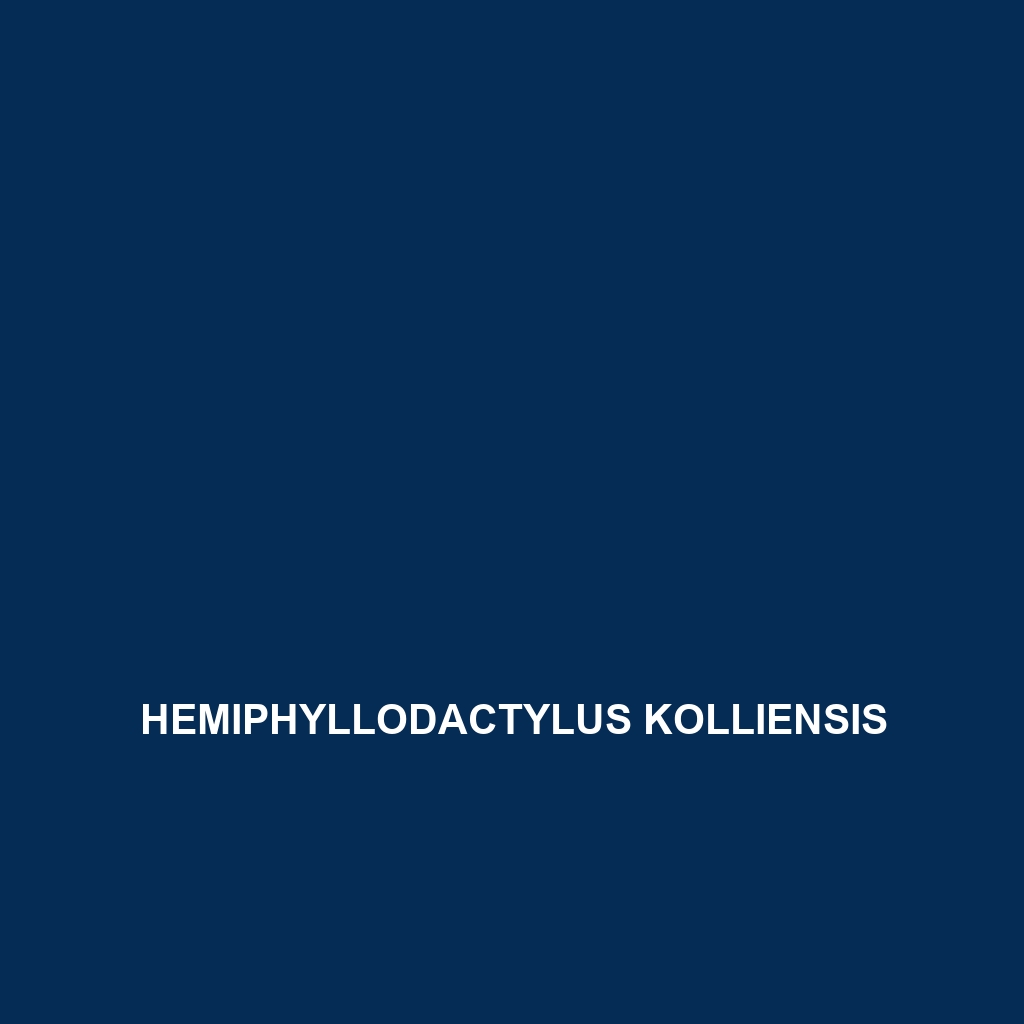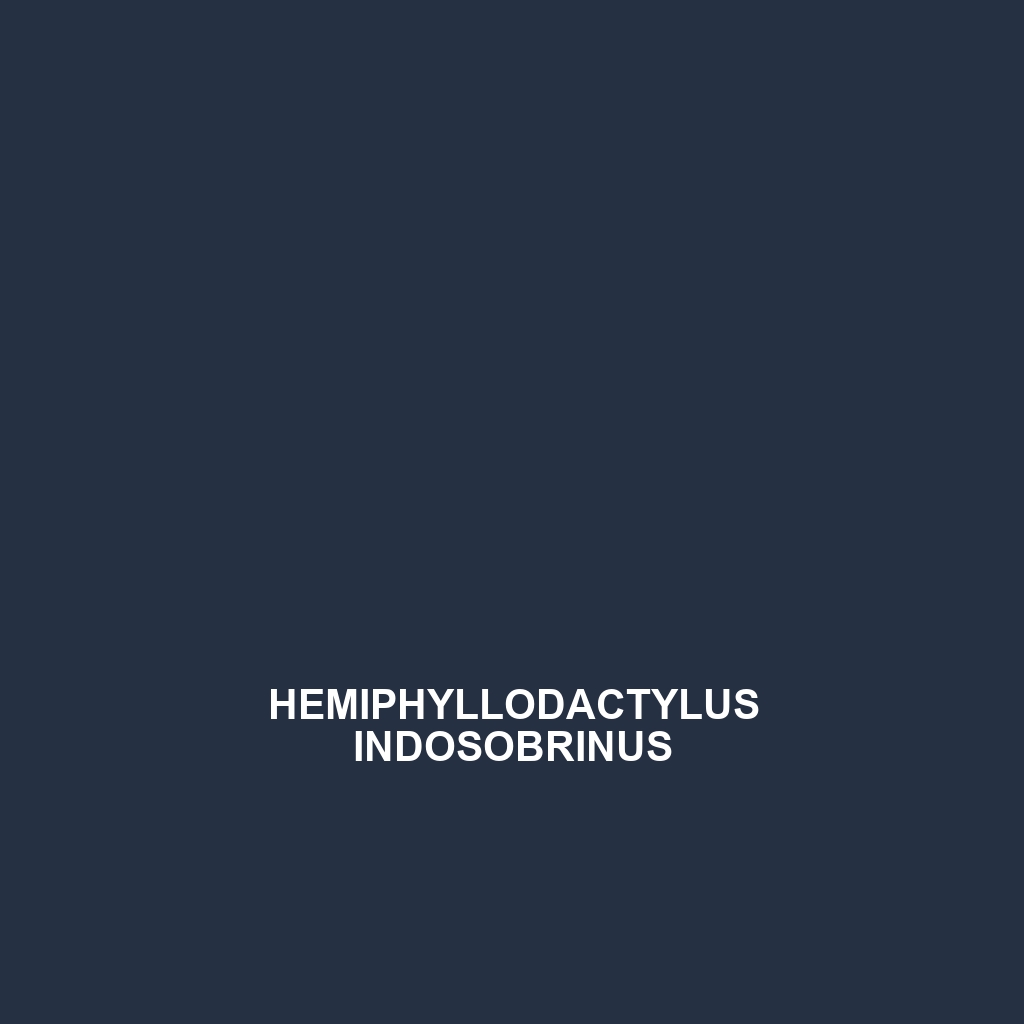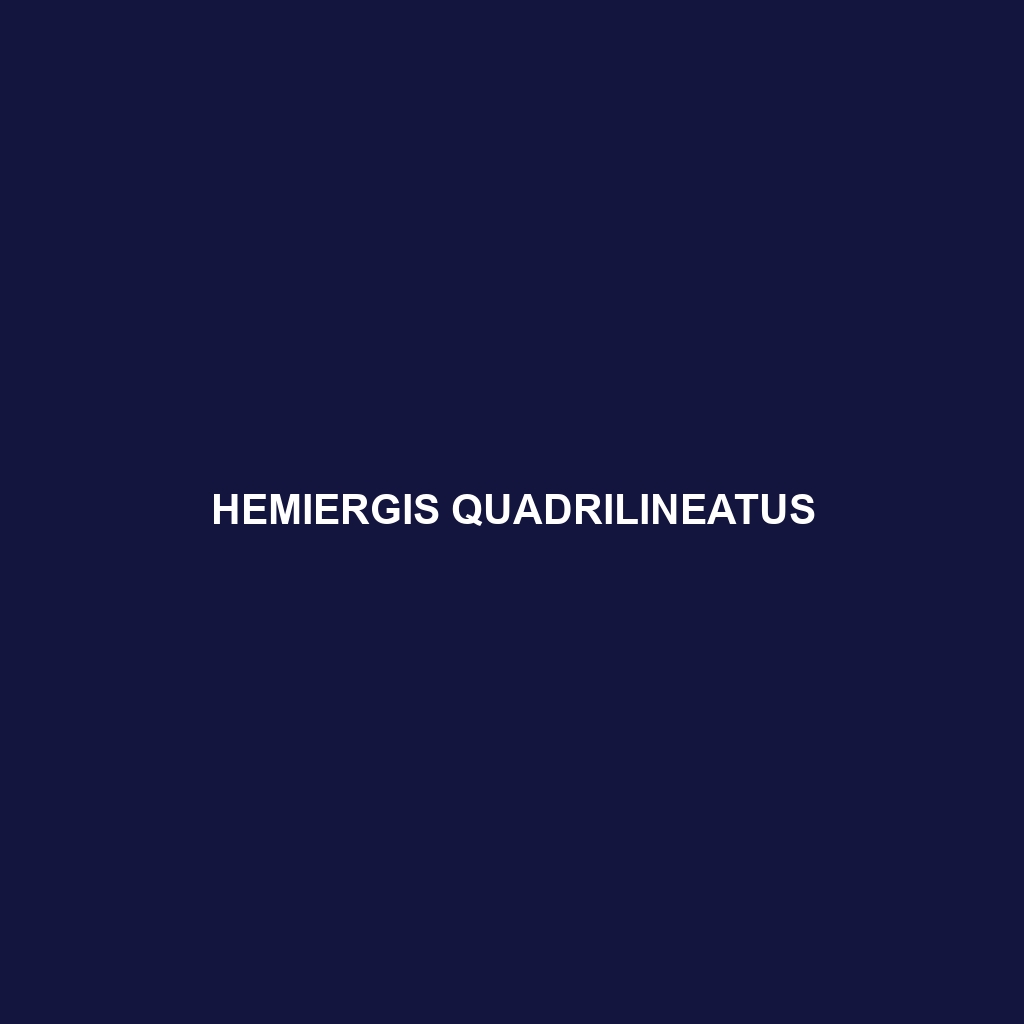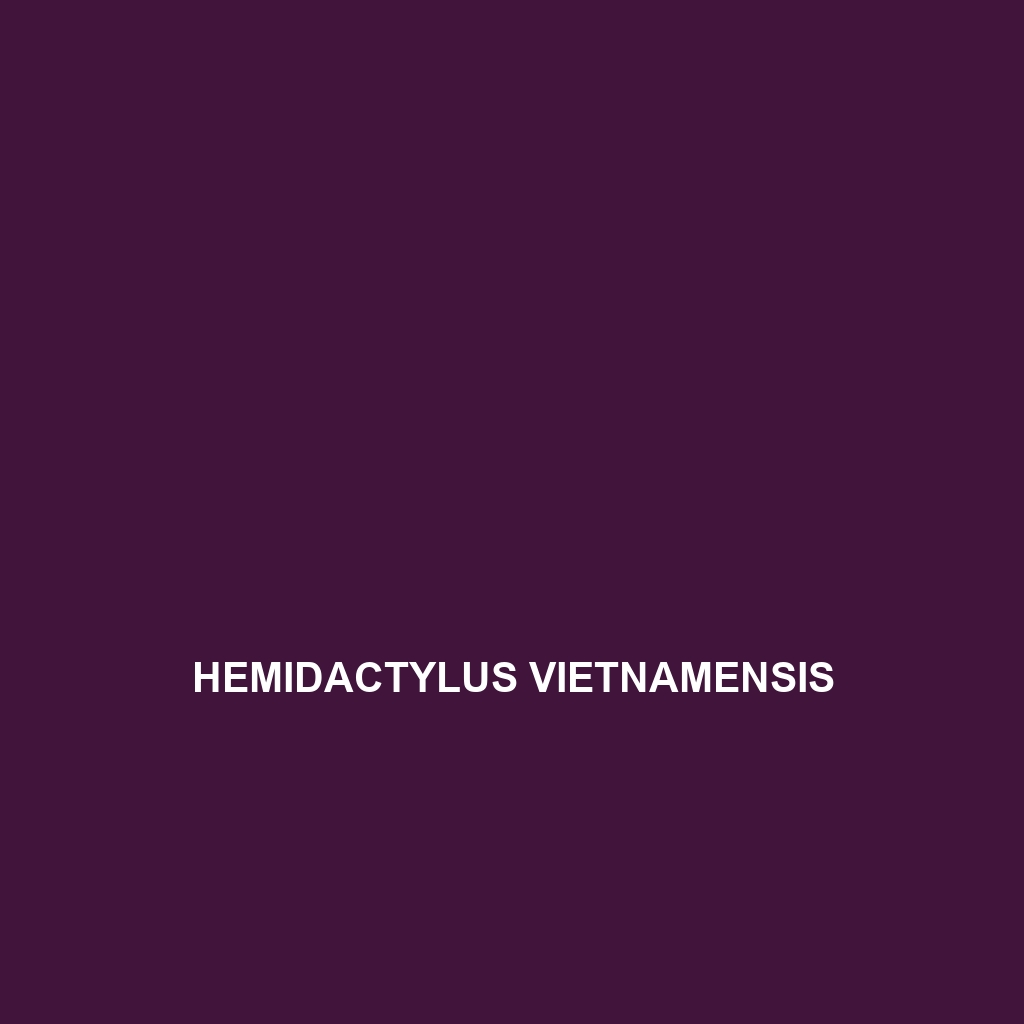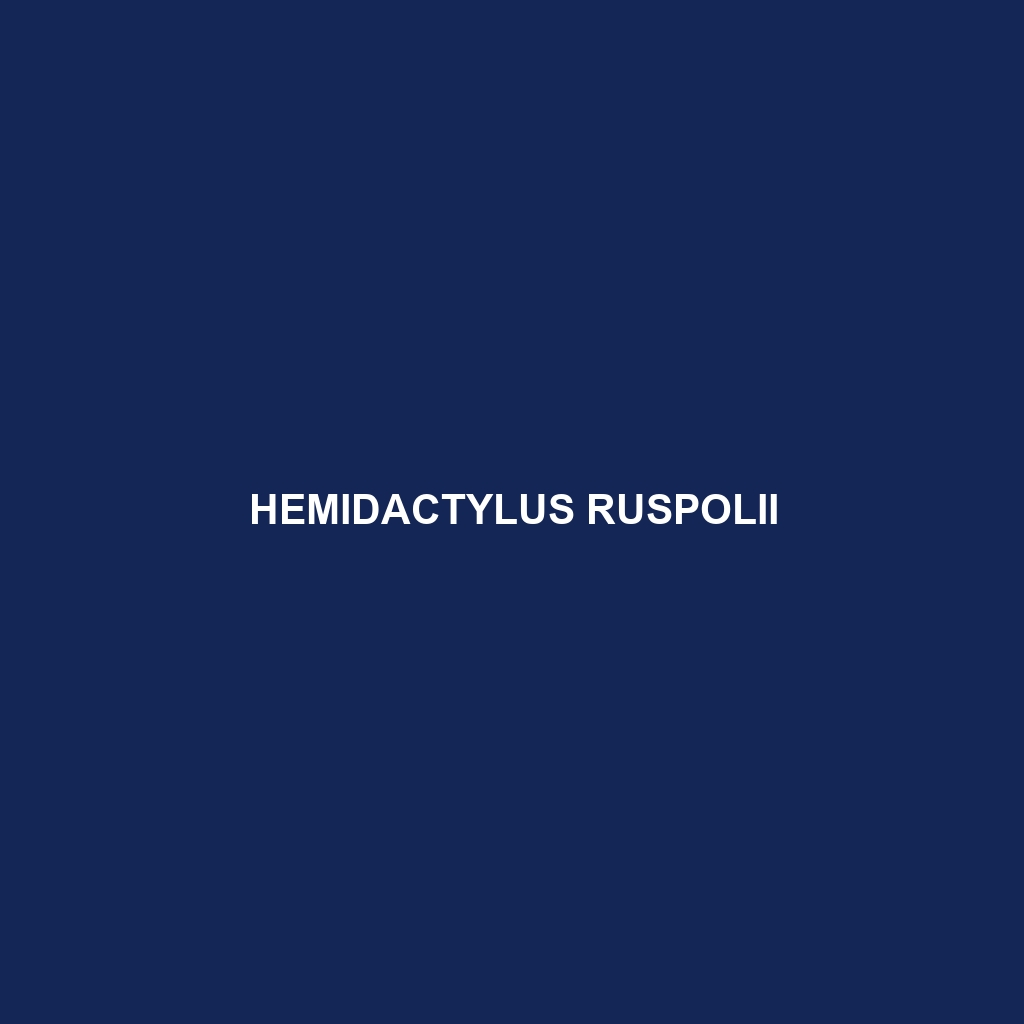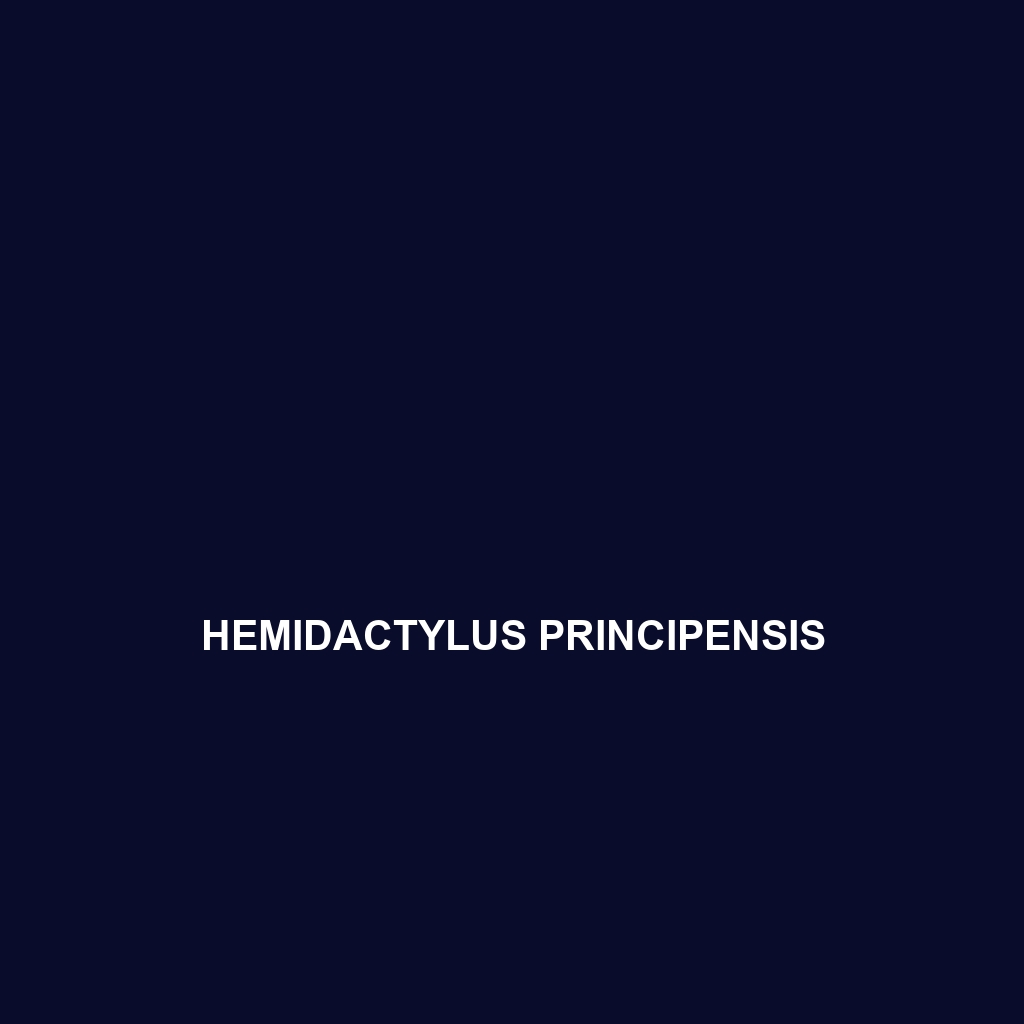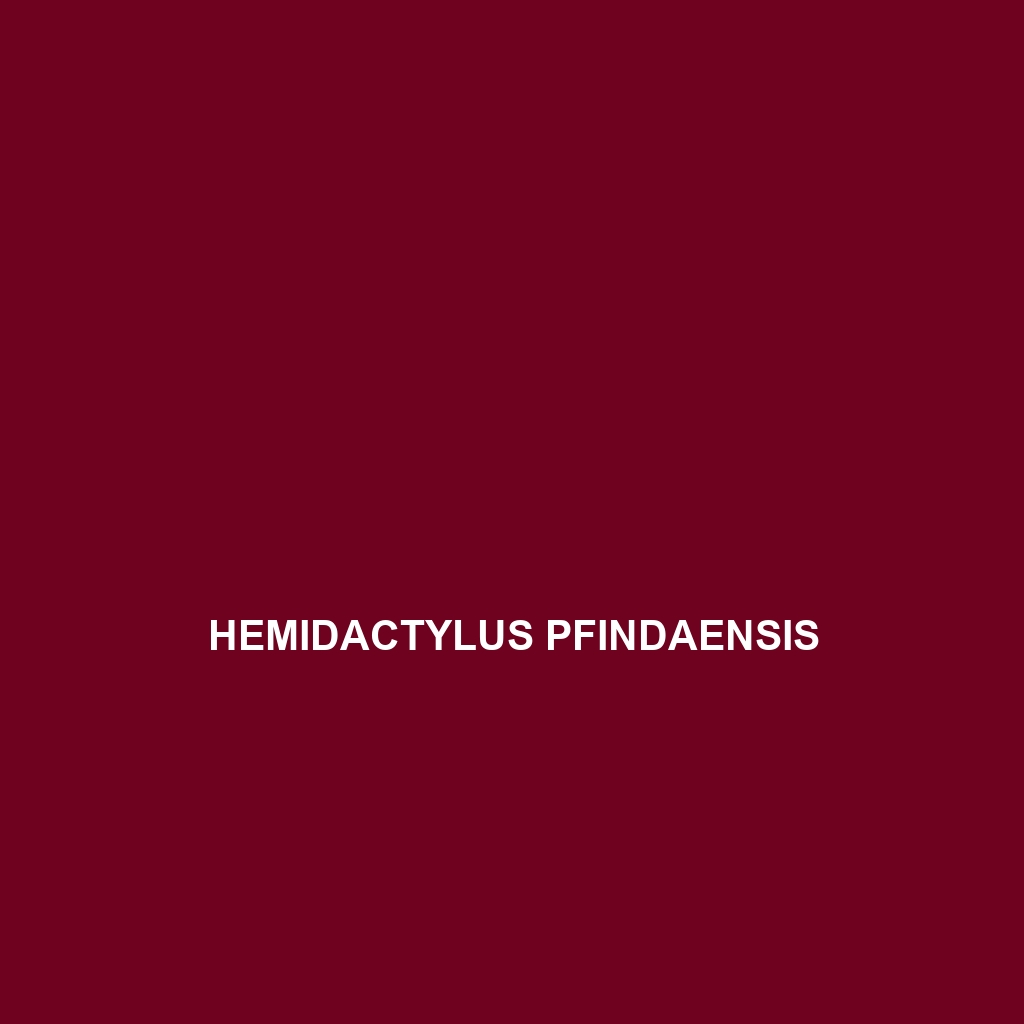Hemiphyllodactylus kiziriani, also known as the Kizirian gecko, is a slender, nocturnal insectivore native to Southeast Asia’s tropical rainforests, characterized by its vibrant coloration, specialized toe pads for climbing, and remarkable camouflage abilities. This resilient species plays a crucial role in its ecosystem by controlling insect populations and serving as prey for larger animals.
Tag: Habitat Destruction
Hemiphyllodactylus insularis
<p><b>Hemiphyllodactylus insularis</b>, or the insular gecko, is a nocturnal insectivore from the rainforests of Southeast Asia, measuring 7 to 10 cm in length and distinguished by its light brown coloration and large eyes. Known for its remarkable climbing abilities and role in controlling insect populations, this gecko's unique behaviors and ecological significance make it a fascinating species.</p>
Hemiphyllodactylus indosobrinus
Discover the Indosobrinus gecko (Hemiphyllodactylus indosobrinus), a slender, nocturnal lizard thriving in the humid rainforests of Southeast Asia. With its remarkable camouflage and adhesive toe pads, this insectivorous species plays a crucial role in controlling local insect populations and maintaining ecosystem balance.
Hemiergis quadrilineatus
The <b>Hemiergis quadrilineatus</b>, commonly known as the four-lined skink, is a slender, diurnal lizard distinguished by its four light-colored stripes and adaptability to various sub-tropical habitats in Australia and New Guinea. This insectivorous species plays a crucial role in its ecosystem by controlling insect populations while serving as prey for larger predators.
Hemidactylus whitakeri
<b>Hemidactylus whitakeri</b>, or Whitaker's gecko, is a medium-sized, nocturnal lizard found in the moist, tropical environments of South and Southeast Asia. Known for its flattened body, remarkable climbing abilities, and dynamic insectivorous diet, this adaptable species plays a vital role in regulating insect populations and maintaining ecological balance.
Hemidactylus vietnamensis
<b>Hemidactylus vietnamensis</b>, also known as the Vietnamese Gecko, is a nocturnal insectivore found in the lush rainforests of Southeast Asia, exhibiting a slender body, large eyes for night vision, and distinctive grayish-brown skin that aids in camouflage. This resilient species plays a vital role in its ecosystem by controlling insect populations while showcasing intriguing social behaviors during mating rituals.
Hemidactylus ruspolii
Discover the Ruspol's African Fat-tailed Gecko (Hemidactylus ruspolii), a striking insectivore native to East Africa's humid rainforests and savannas. This medium-sized gecko, recognized for its flat head, large eyes, and unique fat-tail, showcases remarkable adaptability and plays a vital role in regulating insect populations in its ecosystem.
Hemidactylus principensis
Discover the Hemidactylus principensis, or Prince Island gecko, a fascinating medium-sized insectivore found in the lush tropical rainforests and rocky coastal areas of the Prince Islands, known for its distinctive camouflage, adhesive toe pads, and unique social behaviors. This vulnerable species plays a vital role in its ecosystem by regulating pest populations and serving as prey for larger predators.
Hemidactylus pieresii
Discover the Pieres's gecko (Hemidactylus pieresii), a medium-sized, nocturnal insectivore from West Africa thriving in humid tropical forests and diverse habitats. With its robust body, large bulging eyes, and unique coloration, this resilient species plays a crucial role in controlling insect populations and maintaining ecological balance.
Hemidactylus persicus
Discover the Hemidactylus persicus (Persian Gecko), a slender, nocturnal reptile native to arid regions of the Middle East, known for its remarkable climbing abilities, insectivorous diet, and unique tail regeneration. Adaptable to various environments, this gecko plays a crucial role in controlling insect populations while contributing to the ecological balance.
